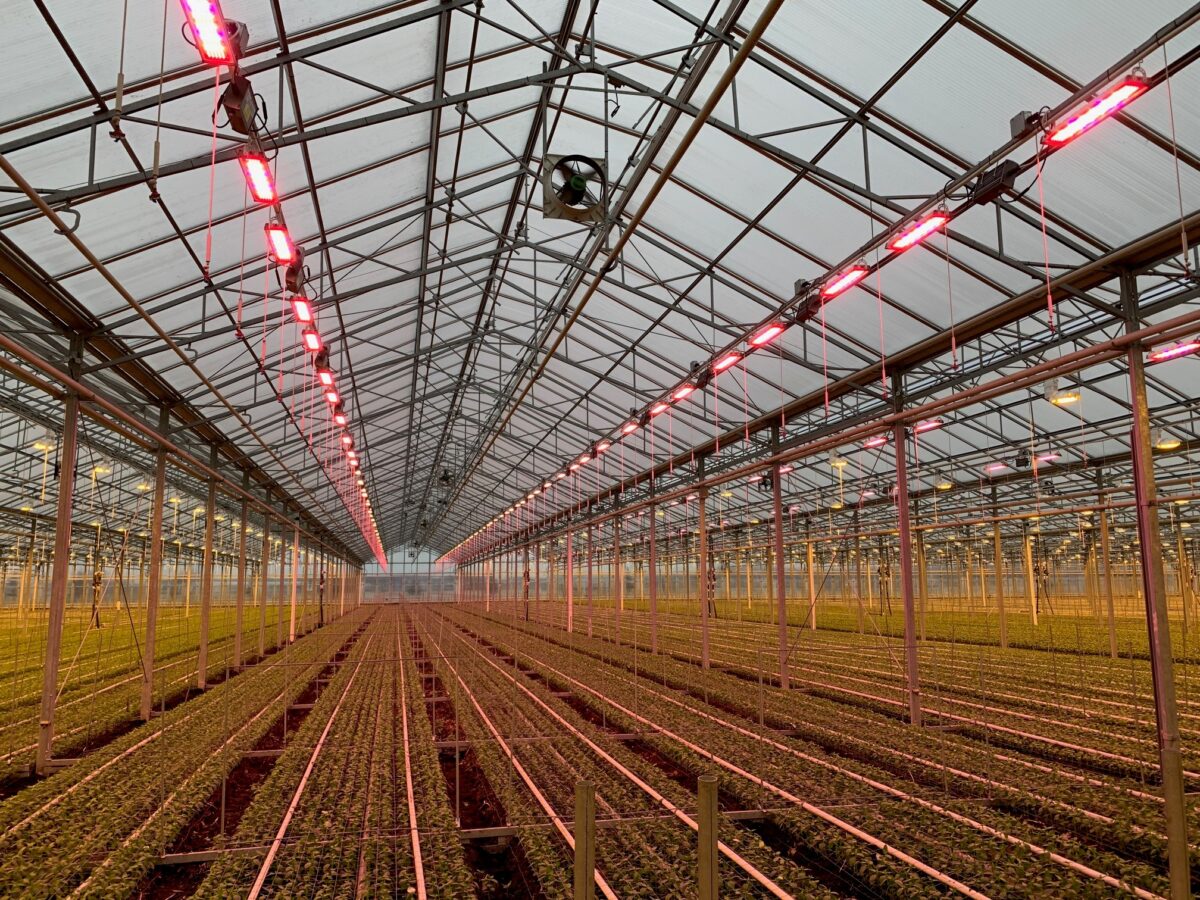Protecting Your Investment
A new lighting system is a big investment, so growers understandably want to ensure the luminaires they choose deliver the best possible performance and ROI, both in the immediate and the long term. With so many lighting manufacturers touting their products as the best-performing LED grow lights on the market, how does the grower discern which delivers the quality and performance claimed in the marketing materials and/or sales pitch?
Sometimes, it’s easy to spot an inferior product. For example, the manufacturer has no experience in the horticultural space, uses non-horticultural lighting metrics for their data, doesn’t have a locally recognized safety certification, or doesn’t offer any local service/support. However, many times the claims are presented in a way that seems completely legitimate. Sometimes, those claims are indeed legitimate. Often, they’re based on exaggerated or manipulated data to present a sub-standard product in a more favorable light.
So, in addition to having to navigate the morphological and environmental complexity of transitioning from traditional HID lighting to LED, growers are faced with the additional challenge of sorting through the multitude of competing lighting products. Some growers may be unaware that, with the simple click of their mouse, they can access a database (free of charge) showing third-party accredited performance data to verify the claims of any horticultural lighting manufacturer.

Be sure to also read our CEA Lighting Upgrades – What’s the Best Solution for your Facility? blog if you’re considering a lighting retrofit.
DLC Qualified Products List (QPL)
The Design Lights Consortium (DLC) first introduced its Qualified Products List (QPL) for LED horticultural lighting in 2019. This new horticultural QPL provided growers with a much-needed independent source to validate manufacturer performance claims and other data like the spectral composition (including PAR wavelengths and far-red) of any luminaire. To access the QPL, anybody can sign up for a free account through the DLC’s website.
Since horticultural lighting represents one of the fastest-growing electric load categories across North America, utilities have been increasingly focused on energy conservation programs to accelerate the adoption of new, more efficient horticultural technologies—including lighting. To execute those programs, utilities require a standard industry benchmark specific to horticultural lighting. Since the DLC has been recognized as the benchmark for commercial and industrial energy conservation programs for over a decade, most utilities have naturally adopted their Horticultural QPL as an eligibility requirement for state / provincial rebate programs across North America.
So, for an LED luminaire to be DLC listed is important. It provides the grower with the assurance that the lighting system they are investing in has undergone rigorous third-party testing to ensure it meets specific performance and safety standards. If a product is not listed on the DLC’s Horti QPL, that’s most likely because it does not meet the strict technical requirements required.
All legitimate horticultural lighting manufacturers, including P.L. Light Systems, list their LED products with the DLC since they know growers should expect any product they’re considering purchasing to be DLC-certified. It would still behoove growers to be diligent in checking that the specific model of a luminaire they are purchasing is actively listed in the QPL.

Products that no longer meet the most current version of DLC’s technical requirements are delisted, so always check the LED luminaires you’re considering are currently listed on the DLC’s QPL before submitting a rebate application.
Since the DLC regularly updates its technical requirements (based on the ever-evolving improvements in LED technology), lighting manufacturers are required to provide supporting evidence for each new version of the DLC’s technical requirements to ensure their products still meet the exacting standards. So, growers should continue to check the listed status of any horticultural grow lights—even if they have previously purchased a particular product. Some products that met a previous version of the DLC’s technical requirements may not meet the requirements of the most current version and may have been de-listed. In this case, the product(s) will not qualify for any new energy rebate applications.

DLC Horticultural Lighting Technical Requirements Version 3.0 (Hort V3.0)
Also important to note is that some less-than-scrupulous manufacturers try to take advantage of the system by listing a particular product configuration with the DLC but sell other configurations of the same product that are not DLC listed under the pretense that they are. Typically, they’re pretty sneaky about it. For example, by using complex alphanumeric naming conventions or keeping the product/catalog name the same for all versions of the product with only a single letter to differentiate between the different configurations, banking on the fact the customer won’t notice such a minor difference.
So, the customer assumes the luminaire they have been quoted and sold qualifies for their local rebate program when the configuration they bought does not qualify. Since the utilities usually expect lighting manufacturers who have listed their products with the DLC to act with integrity, they might also fall prey to the subterfuge of an unscrupulous manufacturer in the odd instance. As loopholes are tightened and both growers and energy conservation teams become more educated in the horticultural space, the regulation of such underhanded tactics will become more strictly enforced.
Learn more about the DLC’s Testing and Reporting Requirements for LED-based Horticultural Lighting here. Sign up for a free account and see products listed on the horticultural QPL here.


